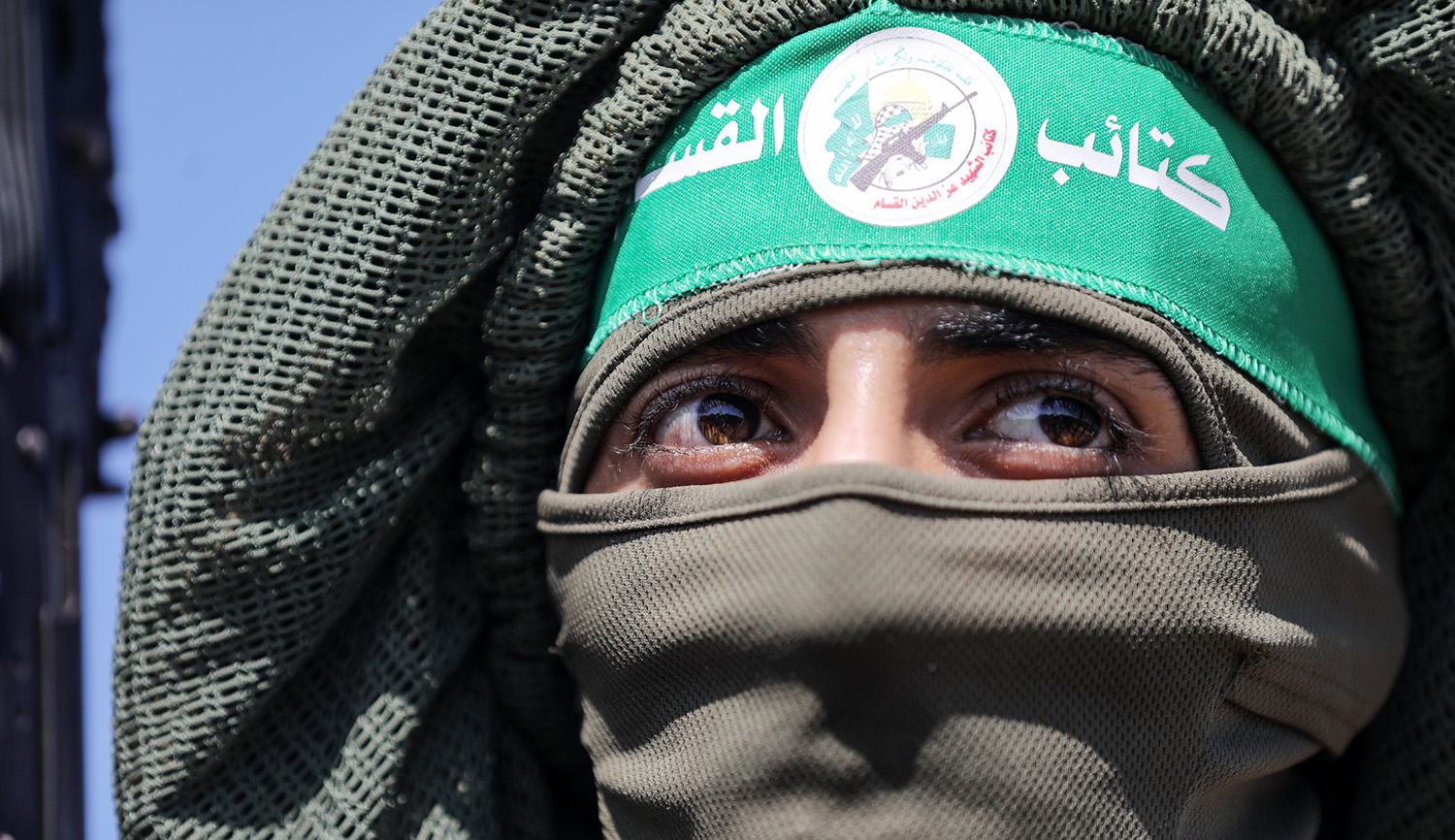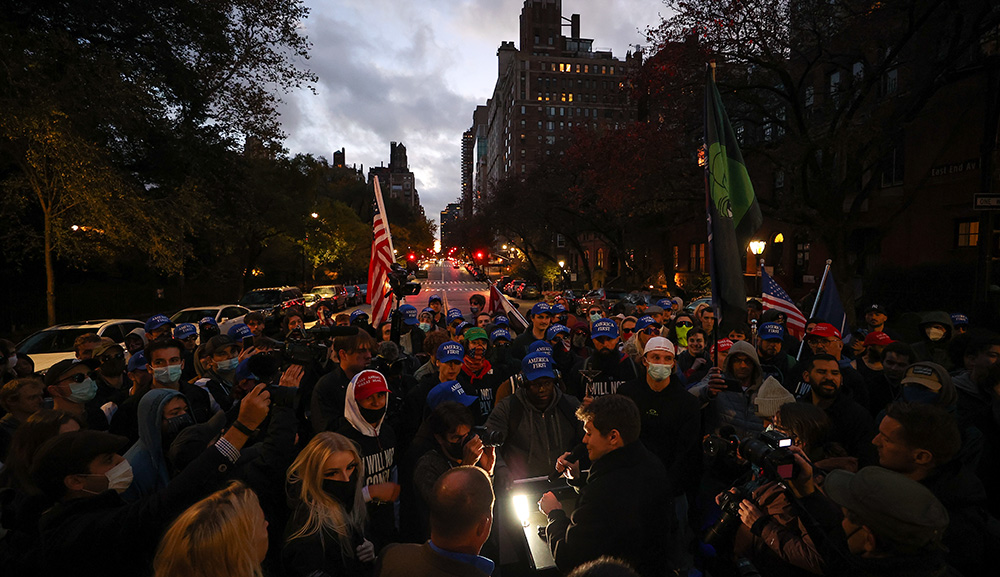Israeli officials have told the press that they are working on a plan for evacuating civilians from the southern Gaza city of Rafah ahead of a military operation to defeat the four remaining Hamas battalions ensconced there. Benny Morris explains why, despite American protestations, such an operation is “crucial.”
If this does not happen, Hamas will survive to fight and murder and rape another day—and its leader, Yahya Sinwar, will emerge from his hiding place declaring victory. And he will be right. For Palestinian-Israeli peace to have any chance, for regional stability and for the future welfare of Israel and Israelis, especially those living in the south of the country, Hamas must be obliterated.
Above all, an Israeli failure to take Rafah and smash Hamas’s last organized military formations and its governing structures will paint Israel, in its enemies’ eyes, as a weak, defeated polity, easy prey for the next potential assailant. Paradoxically, the spectacle of Israeli weakness—as much as a Rafah offensive—could tempt Hizballah to gamble on a full-scale war.
Any possibility of foreign troops (Emirati or Saudi) or Palestinian Authority/Fatah police replacing the Israelis in the bulk of the Gaza Strip will disappear, given the likelihood that those troops would be denounced and attacked by Hamas as Israel’s agents.
Washington, meanwhile, seems to be trying to discourage an assault on Rafah, which Secretary of State Antony Blinken said would be “a mistake.” As an alternative, U.S. officials have encouraged the IDF to pursue a strategy based on targeted raids and commando operations rather than large-scale infantry maneuvers. John Spencer and Liam Collins argue that this is bad advice, based on America’s own recent military experience:
A strategy dependent on raids and airstrikes alone has never been effective in defeating a large enemy. If Israel believes a military response is the only way it can defeat Hamas, it should ignore Washington and pursue a ground invasion supported by targeted raids and airstrikes.
Hamas isn’t a typical terrorist group. It governs Gaza with significant military capability, including prepared defenses, hundreds of miles of defensive tunnels, and thousands of rockets. Its fighters were believed to number 30,000 to 40,000 at the start of the war, and most of them hide among the civilian population. This makes a strategy reliant on targeted raids extremely difficult.
More about: Abraham, Gaza War 2023, U.S.-Israel relationship


